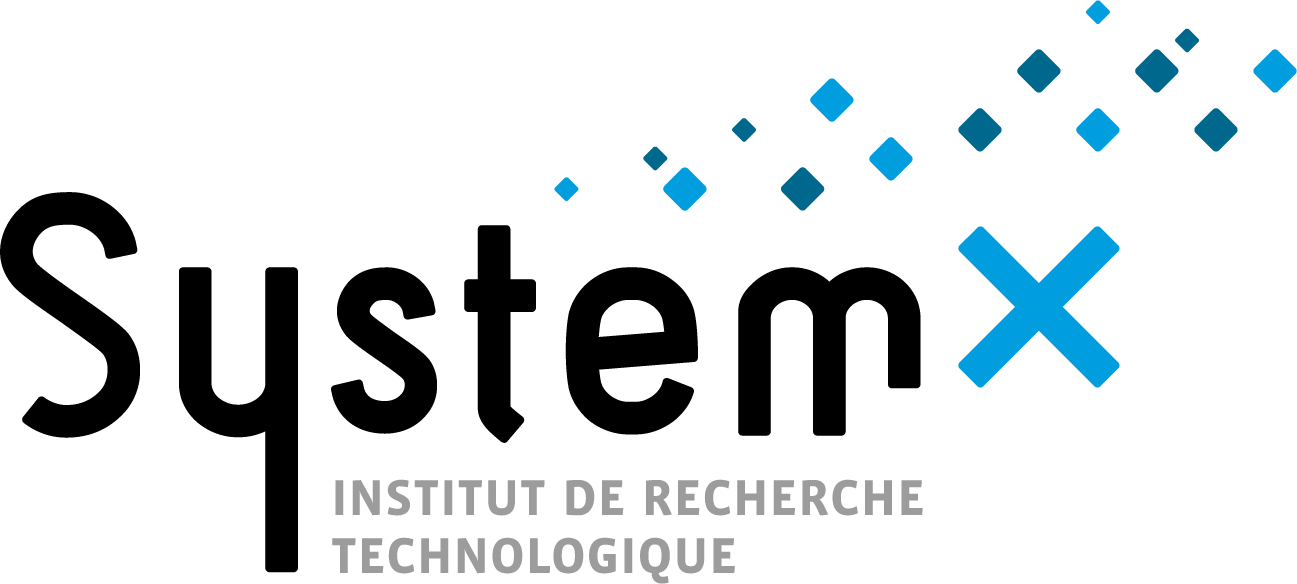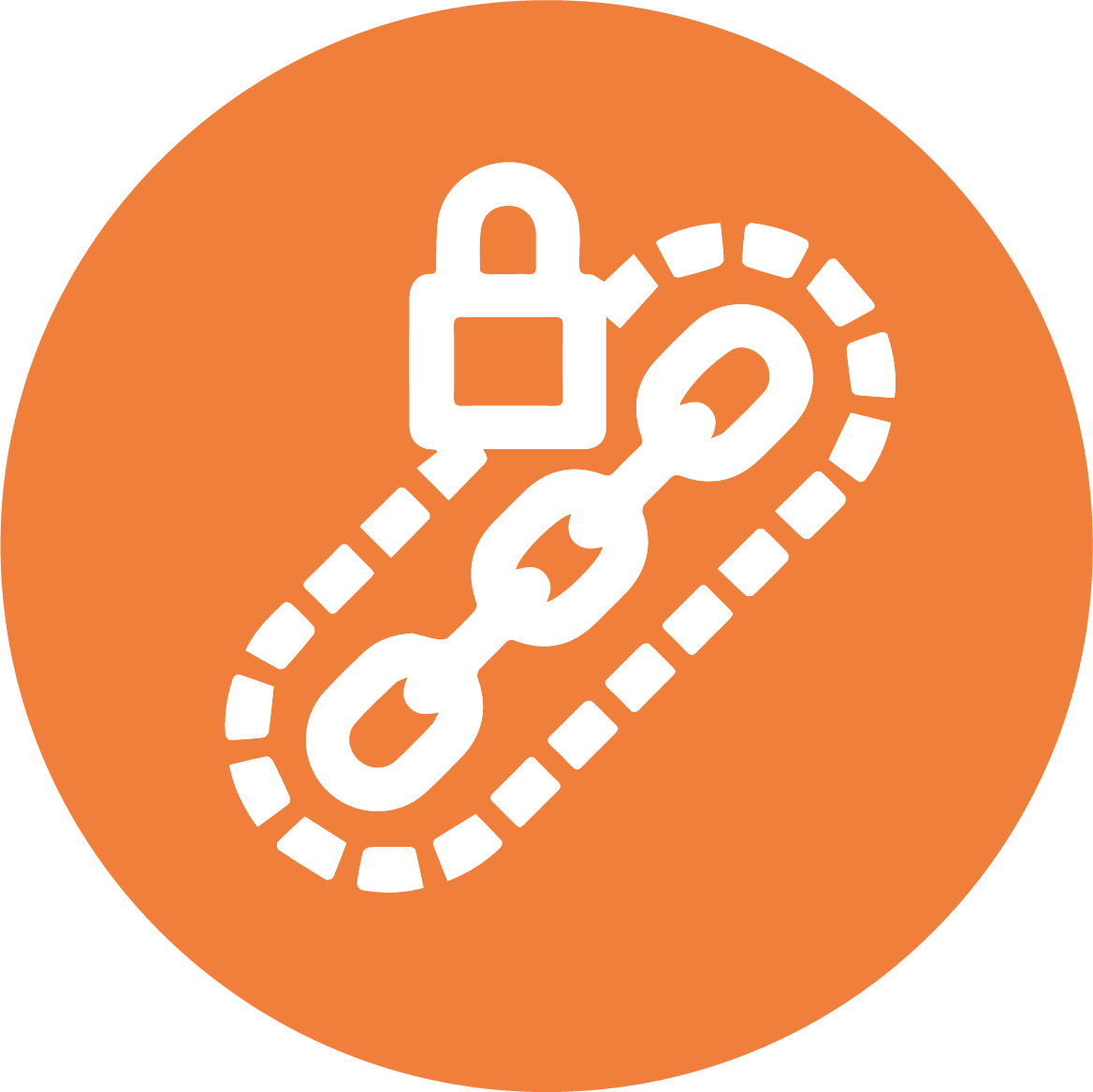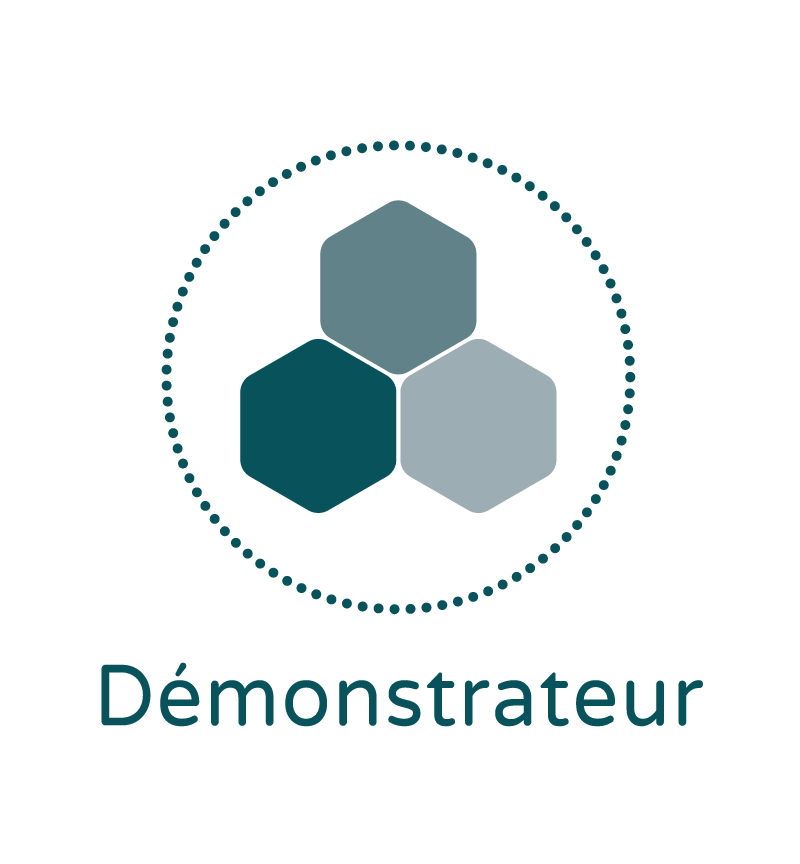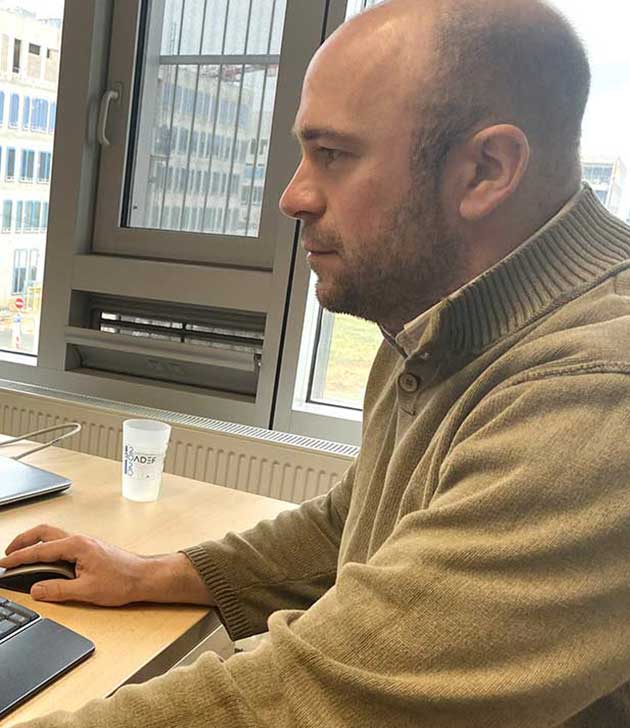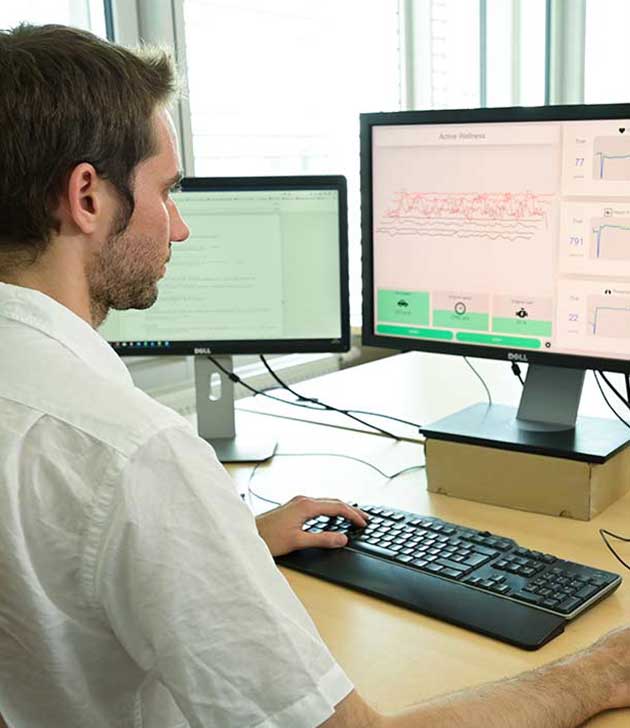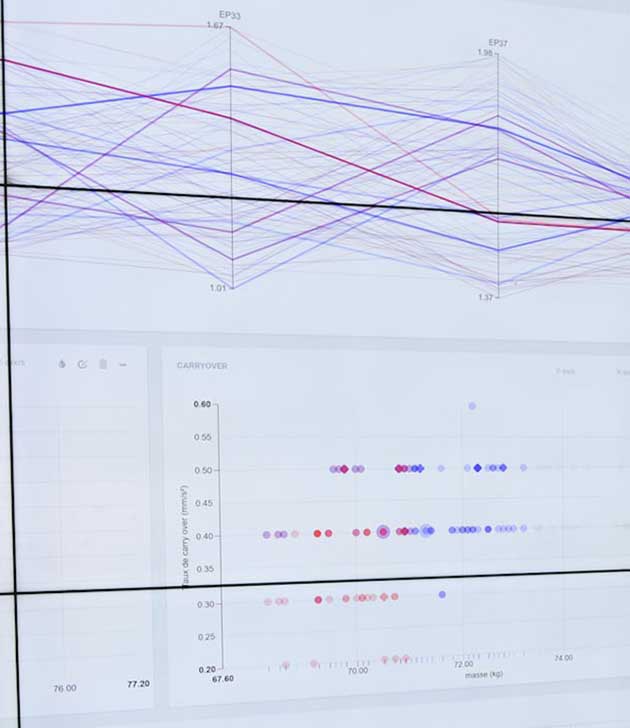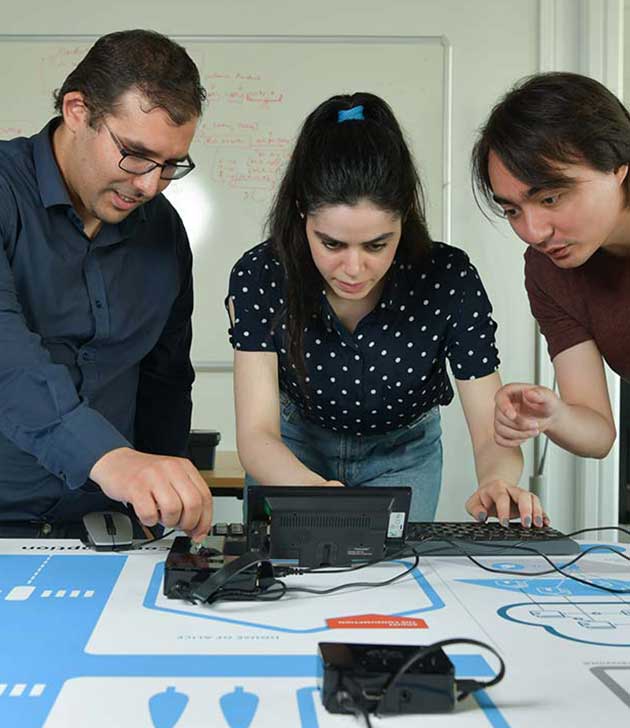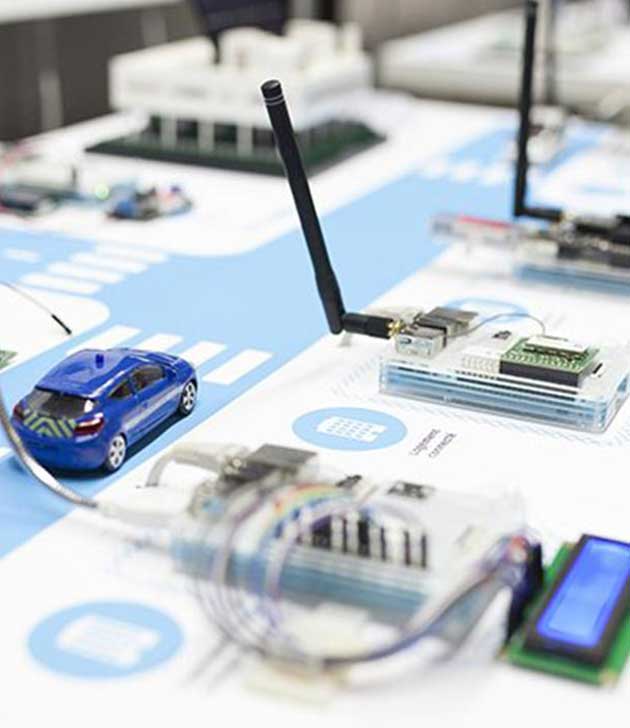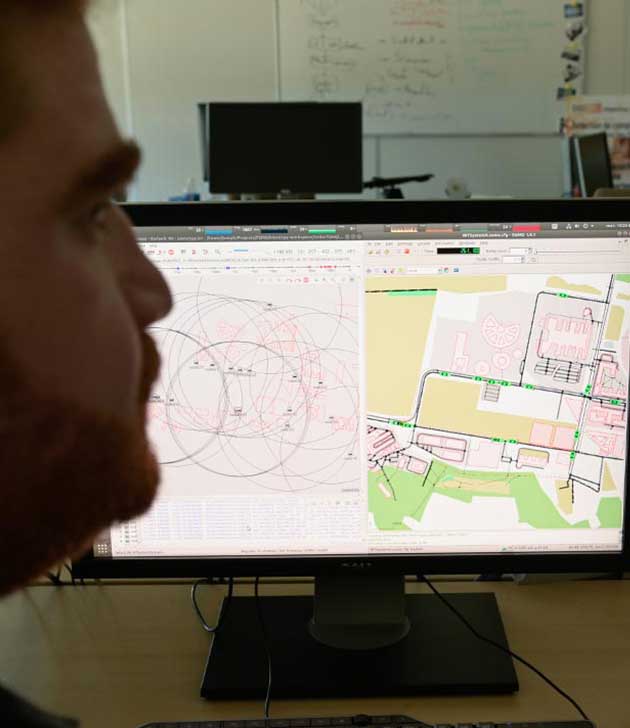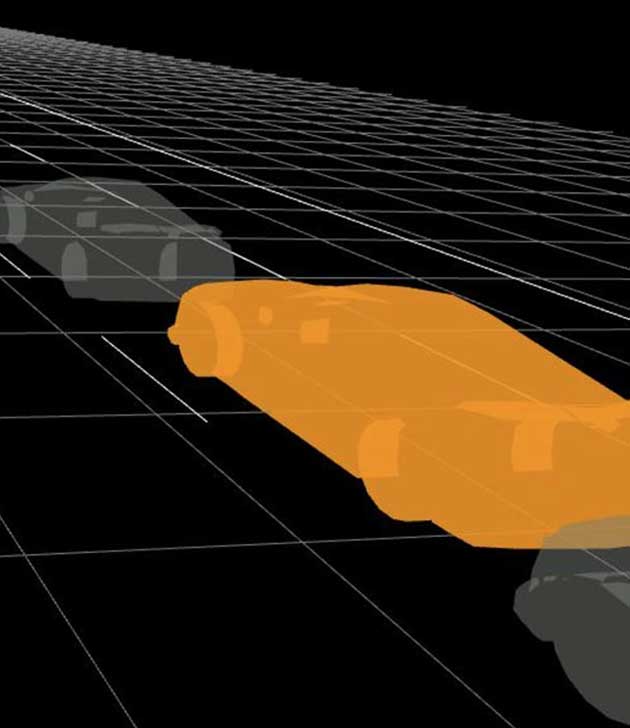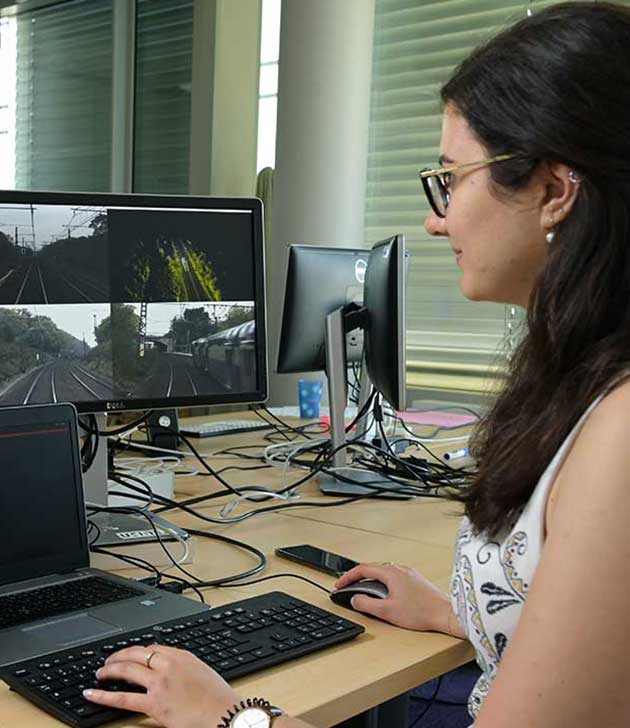Since 2016, SystemX has been multiplying projects aimed at enhancing the potential of the blockchain in its ability to transform economic models and uses. The institute is particularly interested in new applications and services using this secure, tamper-proof information storage and sharing technology, which is free from trusted third parties. It has developed the BEST (Blockchain Environment for Smart Trust) technology platform to instantiate and test use cases in the fields of mobility, energy and finance, to lift the associated technological locks and validate their technological, economic and legal feasibility.
Can the blockchain improve the recovery of used vehicles? This is one of the use studied by the SystemX teams and its partners, which has resulted in a demonstrator enabling the automation, security and sharing of information relating to a vehicle through a decentralised and secure virtual service book, between all the key players in the automotive value chain (car manufacturers, garages, insurance companies, document archiving services, users etc). It enables the traceability of a vehicle’s life cycle and mileage to be certified, from its purchase to its destruction, through the maintenance and resale stages. The creation of a demonstrator on the BEST platform made it possible to validate the relevance of this use case.
Interview

Aldric LOYER
Pilot of technological roadmaps for eletronic architectures,
Stellantis
What benefits do you derive from working with SystemX?
With SystemX, we appreciate the opportunity to explore technologies that do not come from the automotive world. The institute allows us to teach technologies, such as the blockchain, which come from traditional computer science and which are very little known to our on-board teams. Moreover, the multi-wire and multi-partner nature of the projects is of particular interest to us in this type of upstream work. It allows us to reach a critical mass by building an ecosystem of companies competent in a specific field, to share our visions and to be able to analyse the potential of a technology, by pooling both costs and skills.
What concrete results has this work brought to Stellantis?
From the outset, the ambition was to fully understand and assess the maturity of blockchain technology, by applying Proof-of-Concept (PoC) techniques applied to sector-specific use cases – in our case, testing the blockchain for the benefit of implementing a secure vehicle maintenance logbook. The inclusion of legal experts was interesting in order to have an operational vision of the use and contribution of the blockchain in relation to the legal constraints of data manipulation. The blockchain is indeed a break with our traditional data management methods. Finally, after explaining the results of the PoC to our technical teams, we decided to go further and develop a “Proof of Value”. This is the ambition of a new collaboration with SystemX which focuses solely on automotive use cases. It involves a consortium of players from the automotive world (manufacturers, independent repairers) and the insurance industry, and aims to develop and test a “Minimum Viable Product”, which will notably aim to evaluate what the vehicle’s maintenance book based on the blockchain brings from the end user’s point of view.
The institute has developed a demonstrator to deploy an energy mar-ket place, based on a local blockchain with Vehicle to Grid capabilities based on private charging stations. It enables households to purchase en-ergy produced locally (for example from photovoltaic panels) or stored in batteries, without the intervention of third parties. Energy exchanges are accounted for in a secure and automated manner using Smart Contracts, on a dedicated blockchain that implements a token representing a monetary value. The governance and economic model aspects have also been exten-sively explored in this case study.
Interview

Gilles DELEUZE
Blockchain coordinator, Systems Risks & Safety Analyst
EDF Group
What were the EDF Group’s expectations through the study of the market place use case of self-production / collective consumption based on blockchain technology?
In 2017, the blockchain was a very upstream and relatively new subject for us. By joining the BST (Blockchain for Smart Transactions) project of IRT SystemX, we were in a process of exploration and learning. EDF was involved in the second PoC of the project, which was about the self-consumption of a collective market place, because this was the subject through which the blockchain entered the energy field. We had already started to think about this subject through a thesis conducted with Télécom Paris; it was an opportunity for us to go further and to rely on SystemX to develop a solution. We had set ourselves two objectives: to prove that the blockchain could consume little energy, and to demonstrate. its ability to quickly process information relating to a neighbourhood of 200 homes. We tested the platform in our EDF Lab laboratory of “Les Renardières”: the tests were conclusive, in terms of low energy consumption, cost and technical feasibility.
Following your investment in the BST project, what actions have you or will you implement?
Numerous technical publications have been written and demonstrations have been carried out with our teams to show them how concrete the applications of this platform are. We then continued to bring it to life in two ways: firstly, we modelled the system to study its availability, then we carried out a second PoC as part of a BOOST project conducted with SystemX. In this use case, we went one step further by modelling a collective self-consumption market place with electric vehicles that are recharged by moving from one neighbourhood to another. We also studied the counting of energy transport between these groups. These projects have enabled us to see the true potential of blockchain technology, while continuing to develop our simulators. This is a particularly complex socio-cyberphysical system, capable of linking blockchain and different physical layers (solar production and energy consumption).
Focus
Within the framework of this work, three outstanding publications have stood out:
“Blockchain Energy Market Place Evaluation: an Agent-Based Approach”, by Kei-Leo Brousmiche, Tesnim Abdellatif, Omar Dib and Andra Anoaica, on the occasion of the 9th Annual Conference on “Information Technology, Electronics and Mobile Communication”, Vancouver, Canada (IEEE IEMCON 2018).
“Named Data Networking: A Promising Architecture for the Internet of Things (IoT)”, by Maroua Meddeb, during the IGI Global’s 11th Annual Excellence in Research Journal Awards (Computer Sciences, 2019).
“Bitcoin transaction visualisations”, by Natkamon Tovanich, on the occasion of EUROVIS’19 (poster prize).


